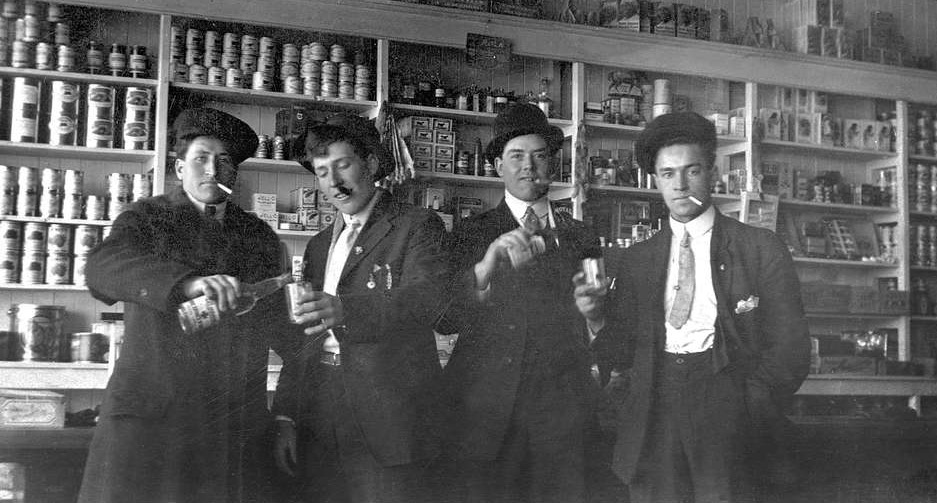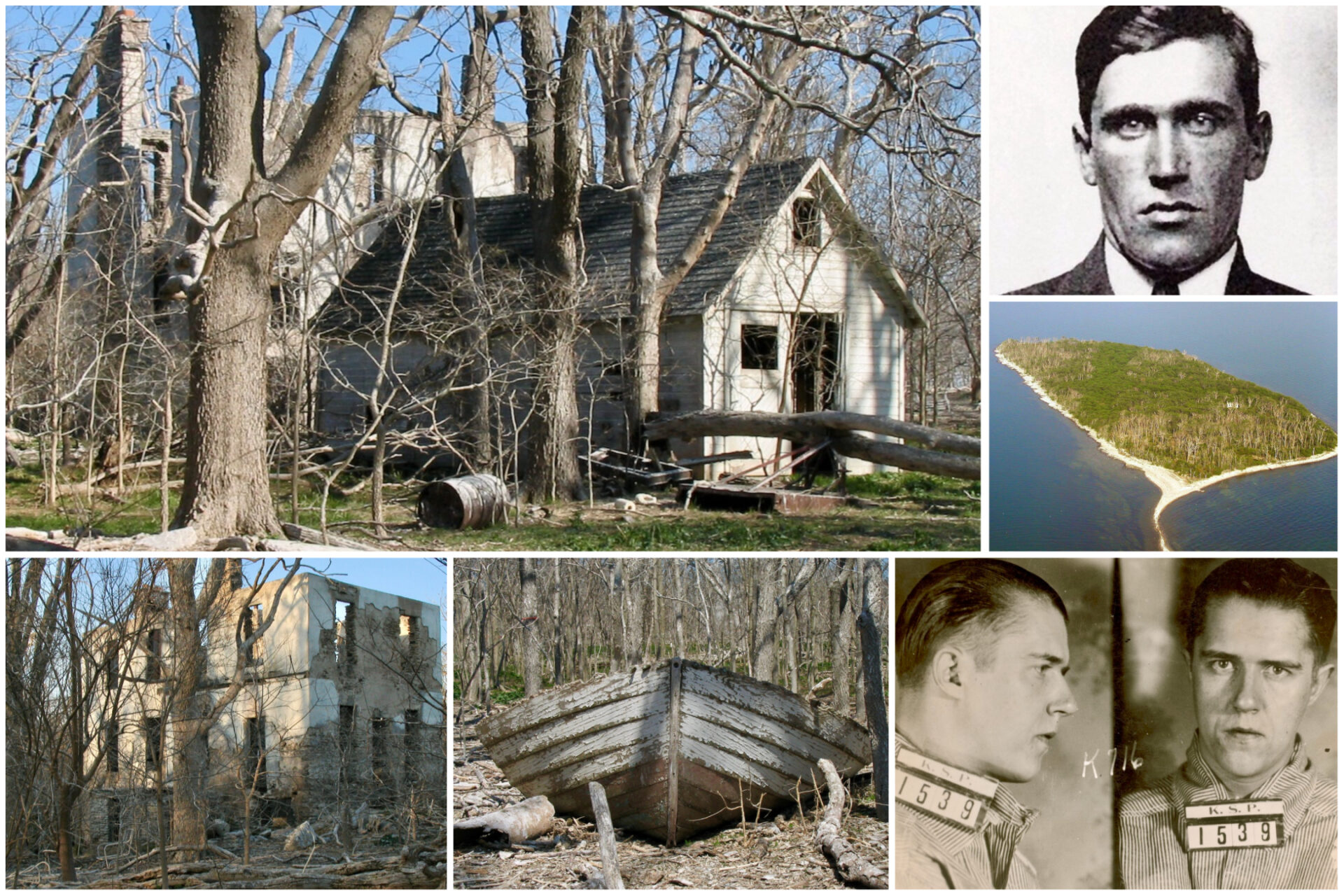GANGSTER GETAWAY
Now a nature preserve, Lake Erie’s Middle Island hides a notorious past as a key rum-running centre, complete with a luxury fishing lodge and casino
Advertisement

THE DRY YEARS
During the early part of the 20th century, both Canada and the U.S. were going through a period of economic and social upheaval. Men were returning home from the First World War carrying the physical and emotional tolls of the brutal conflict, all the while needing to find work to support themselves and their families. On top of it all, the bank accounts of countless Canadianshard-hit economy
It was around this same time that the Prohibition era began, seeing restrictions and outright bans on alcohol. In Canada, most provinces had gone dry by 1919, while in the U.S., Prohibition went into effect nationally in 1920, making it illegal to produce, import, transport or sell alcoholic beverages until 1933.
Advertisement
Despite the best efforts of both countries to stop the flow of booze, the public’s thirst wasn’t easily quenched and the value of alcohol soared. Before long, organized crime outfits in the U.S. and Canada recognized the opportunity to supply throngs of eager customers with alcohol at a significant mark-up. Criminal organizations began to devise plans to smuggle contraband into the U.S. by exploiting the porous U.S.-Canada border, much of which runs through isolated, remote areas—including far out in the middle of Lake Erie.
Moreover, even when Prohibition was enacted by the provinces (and nationally from 1918 to 1920), it provided loopholes that still allowed for the legal manufacturing and distribution of alcohol abroad. This provided enterprising criminals on both sides of the border with a legal source of booze for their illicit distribution networks in the U.S.

